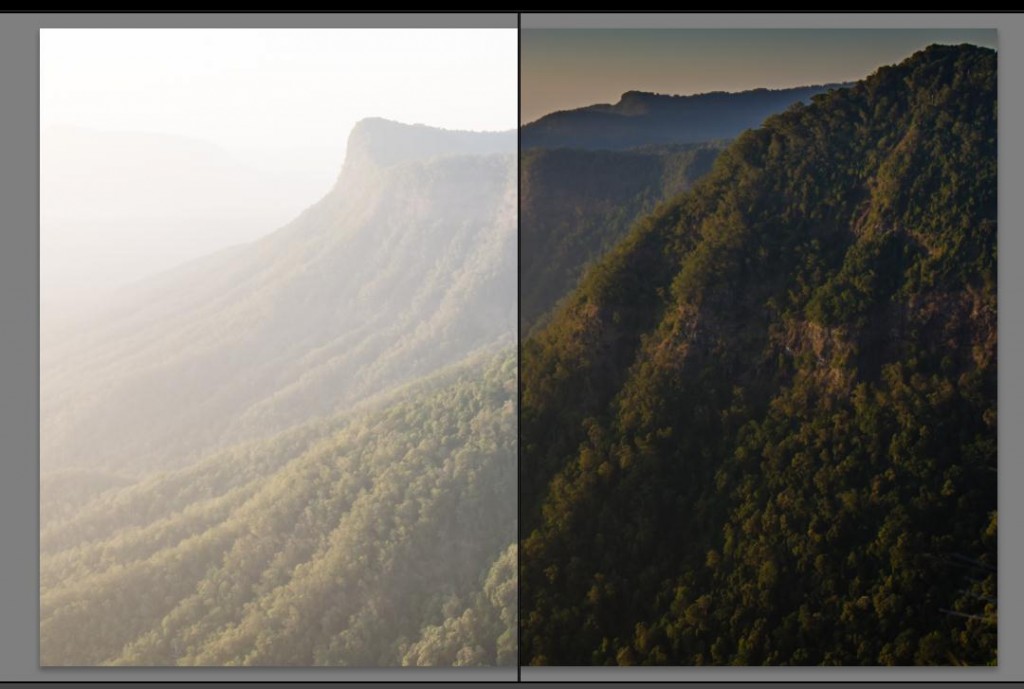DSLR cameras can create several types of image file. One is the well known jpeg which is a compressed bitmap file processed in the camera using the settings you have chosen. In some cases this is a perfectly fine solution. Next is TIFF, an uncompressed bitmap format also processed in the camera using the settings you have chosen, again, mostly just fine.
In contrast, RAW files are the the original data from the sensor with no in camera processing applied. This gives the photographer complete control in how an image might look after the shot is taken using post processing software and this is the reason why shooting RAW is a good idea – if you want this flexibility of course.
To do this I’m currently using Lightroom 6 which permits all sorts of ways to easily and quickly improve image quality. Here’s a before and after for example:


The top image shows the before and after on the one image, the bottom image the finished product. Before, washed out from being shot into the rising sun. After, even exposure, good contrast, good detail across the whole image. You an see how much detail has been recovered from the sky which appears completely washed out in the original. Magic right? Actually not so, the information is there, its just how its interpreted by the software and even though the software embedded in cameras is very good indeed these days, being able to control it yourself in a program like Lightroom gives a whole range of options just not possible with in-camera processing.
Here’s some insight into whats possible and a really good reason for shooting RAW.




